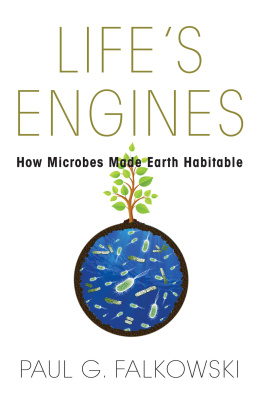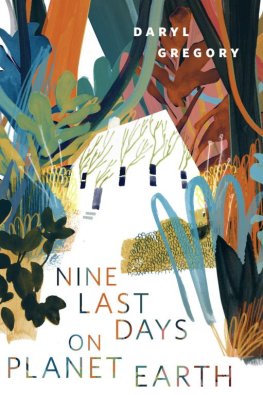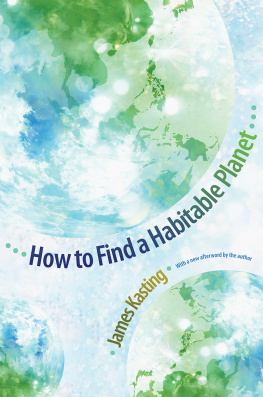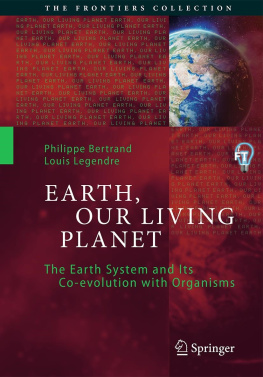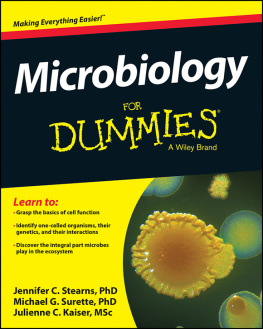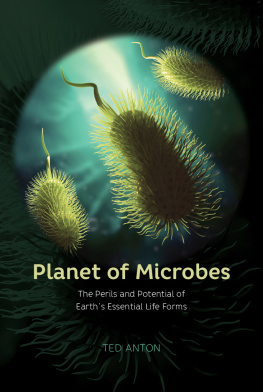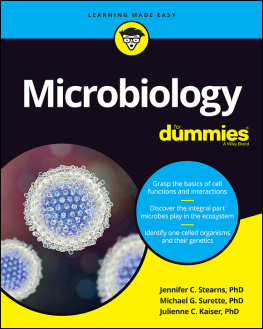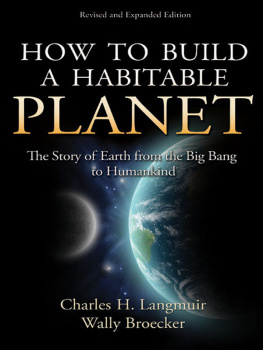LIFES ENGINES
Science Essentials
Books in the Science Essentials series bring cutting-edge science to a general audience. The series provides the foundation for a better understanding of the scientific and technical advances changing our world. In each volume, a prominent scientistchosen by an advisory board of National Academy of Sciences membersconveys in clear prose the fundamental knowledge underlying a rapidly evolving field of scientific endeavor.
The Great Brain Debate: Nature or Nurture,
by John Dowling
Memory: The Key to Consciousness,
by Richard F. Thompson and Stephen Madigan
The Faces of Terrorism: Social and Psychological Dimensions,
by Neil J. Smelser
The Mystery of the Missing Antimatter,
by Helen R. Quinn and Yossi Nir
The Long Thaw: How Humans Are Changing the Next 100,000
Years of Earths Climate,
by David Archer
The Medea Hypothesis: Is Life on Earth Ultimately Self-Destructive?
by Peter Ward
How to Find a Habitable Planet,
by James Kasting
The Little Book of String Theory,
by Steven S. Gubser
Enhancing Evolution: The Ethical Case for Making Better People,
by John Harris
Natures Compass: The Mystery of Animal Navigation,
by James L. Gould and Carol Grant Gould
Heart of Darkness: Unraveling the Mysteries of the Invisible Universe,
by Jeremiah P. Ostriker and Simon Mitton
Oxygen: A Four Billion Year History,
by Donald C. Canfield
The Cosmic Cocktail: Three Parts Dark Matter,
by Katherine Freese
Lifes Engines: How Microbes Made Earth Habitable,
by Paul G. Falkowski
LIFES ENGINES
How Microbes Made Earth Habitable
Paul G. Falkowski
PRINCETON UNIVERSITY PRESS
PRINCETON AND OXFORD
Copyright 2015 by Princeton University Press
Published by Princeton University Press, 41 William Street, Princeton,
New Jersey 08540
In the United Kingdom: Princeton University Press, 6 Oxford Street, Woodstock,
Oxfordshire OX20 1TW
press.princeton.edu
Jacket Art: Green plant Pasko Maksim/Shutterstock, E. coli bacteria Mirumur/
Shutterstock, world Ase/Shutterstock.
All Rights Reserved
Library of Congress Cataloging-in-Publication Data
Falkowski, Paul G., author.
Lifes engines: how microbes made Earth habitable / Paul G. Falkowski.
pages cm. -- (Science essentials)
Includes bibliographical references and index.
ISBN 978-0-691-15537-1 (hardcover: acid-free paper) -- ISBN 0-691-15537-2
(hardcover: acid-free paper) 1. Microorganisms--Evolution.2. Bacteria--Evolution.
3. Microbial genetics. 4. Life (Biology) I. Title.
QR13.F35 2015
579--dc23
2014036615
British Library Cataloging-in-Publication Data is available
This book has been composed in Goudy Old Style
Printed on acid- free paper.
Printed in the United States of America
1 3 5 7 9 10 8 6 4 2
To my parents, Ed and Helen, my wife and friend,
Sari Ruskin, and our daughters, Sasha and Mirit
Acknowledgments
I had been thinking about this book for some time and wrote it in fits and starts over a period of almost two years. The core ideas were developed as an outgrowth of a course I teach every year at Rutgers, History of the Earth Systems, but I didnt want to write another textbook. I wanted to reach a wider readership and to help elucidate what we know, and perhaps more important, what we dont know, about the role of microbes in making Earth a habitable planet. The lions share of the work was done while I was on sabbatical at the Radcliffe Institute for Advanced Studies at Harvard University. I am extremely grateful to my hosts at the institute and my fellow Fellows for reading and commenting on the first few chapters. I especially thank Ray Jayawardhana (Ray Jay), Tamar Schapiro, Benny Shilo, and Alessandra Buonanno for helping me in the early days. I am indebted to my friend and colleague, Andy Knoll, at Harvard, for encouraging and critiquing my early chapters and for many discussions while I was in Cambridge, Massachusetts. I thank my late friend, Toshiro Saino, who invited me to give a series of lectures at Nagoya University in 2006. Early on, the lectures in Japan helped me focus on structuring this book. Conversations with many people over the years helped me shape my ideas about the role of microbes in the origins of life on this planet. I thank Tom Fenchel and Ed Delong for collaborating with me on a paper describing the role of microbes in maintaining biogeochemical cycles; the basis of that paper was critical in helping me develop several chapters in this book. The late Lynn Margulis was extremely supportive, and we had many discussions over dinner about symbioses. Joe Kirschvink and Minik Rosing helped me understand what tales very old rocks can tell. Many people were extremely helpful in reading chapters and giving constructive comments; I am especially grateful to Sam Elworthy while he was at Princeton University Press for soliciting the book and to my editor, Alison Kalett, for her patience and insights that helped to improve it. I especially thank my wife, Sari Ruskin, for her very constructive comments and her loving encouragement. My longtime friend Bob Kross gave me many thoughtful suggestions. I thank Ford Doolittle, Dave Johnston, Don Canfield, Paul Hoffman, and Doug Erwin for pointing out key errors that otherwise would have gone unnoticed. Nick Lane was extremely charming in his praise of the few chapters I asked him to comment on, and I delighted in talking with him about the basic concept of the book. Many of my students, postdocs, and collaborators down the years have helped shape my thoughts about the role of microbes in the evolution of life. I am grateful for the support of my research from NASA, the National Science Foundation, the Agouron Institute, and the Gordon and Betty Moore Foundation. I thank and apologize to Sari and our two daughters, Sasha and Mirit, for their understanding and patience and the time stolen from them while I was writing. I thank my colleagues at Rutgers University, where I have worked since 1998. I never would have guessed that as a biophysicist and oceanographer I would one day wind up teaching History of the Earth Systems in a geology department. But, most of all, I thank my parents, neither of whom was a scientist, for encouraging me as a child to follow my dreams in life and for providing me with the intellectual opportunities and emotional support that have served me so well throughout my adult life.
Prologue
L ife is a series of connected historical accidents, contingencies, and opportunities. I grew up in a New York City housing project at the edge of Harlem. When I was about nine years old, my mother befriended a young couple in the building. They were graduate students at Columbia University and lived a few floors below us.
Bill Cohen and his wife, Miriam, were studying biology and kept tanks of tropical fish in their apartment. They seemed like a wonderful young couple, and my mother surely advised them on things they didnt need to know. Regardless, they didnt have children yet, and shortly after my mother introduced me to them, they invited me to visit their apartment and see their aquaria. I was hooked.
A few weeks after our introduction, Bill and Miriam gave me a small aquarium, and I started to grow guppies and a green alga, Nitella, and watched as the gravid females gave birth to new guppies in the algal bed. I began to read everything I could about tropical fish and became increasingly obsessive about them, and fish in general. I was, unwittingly, on my way to becoming a biologistall because of a chance encounter by my nosey, loquacious mother with a couple of graduate students in an elevator.

